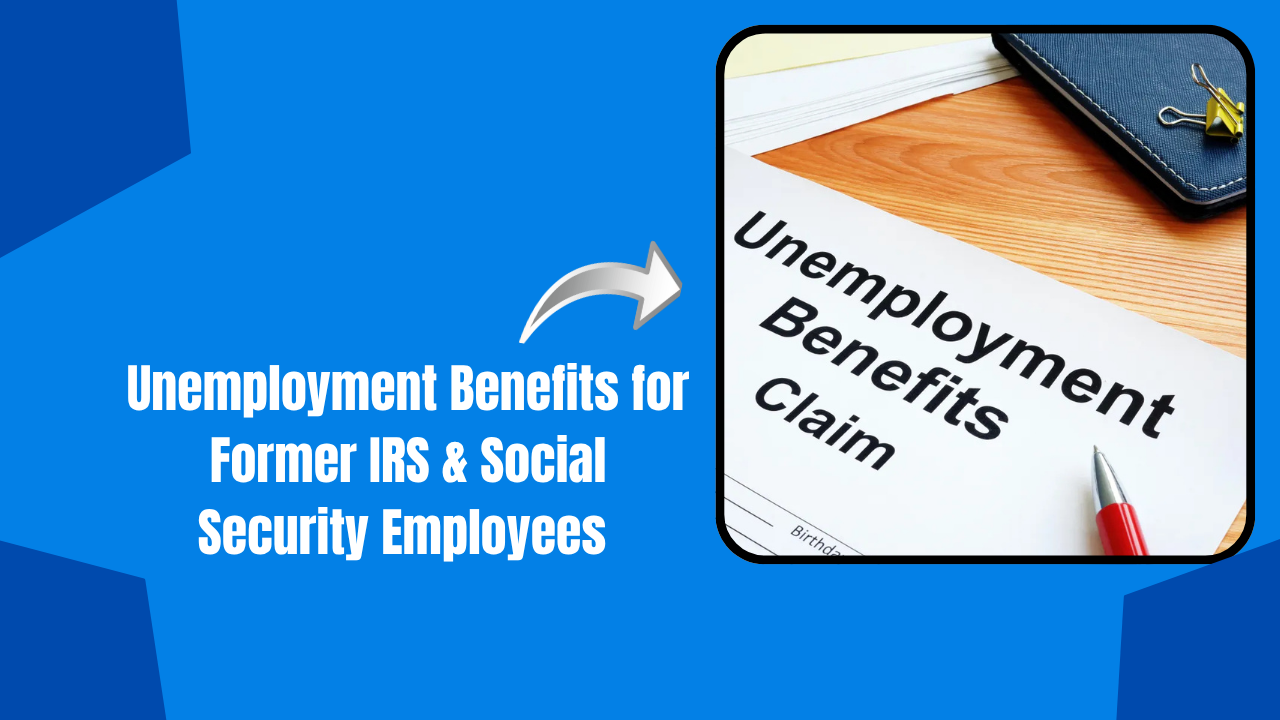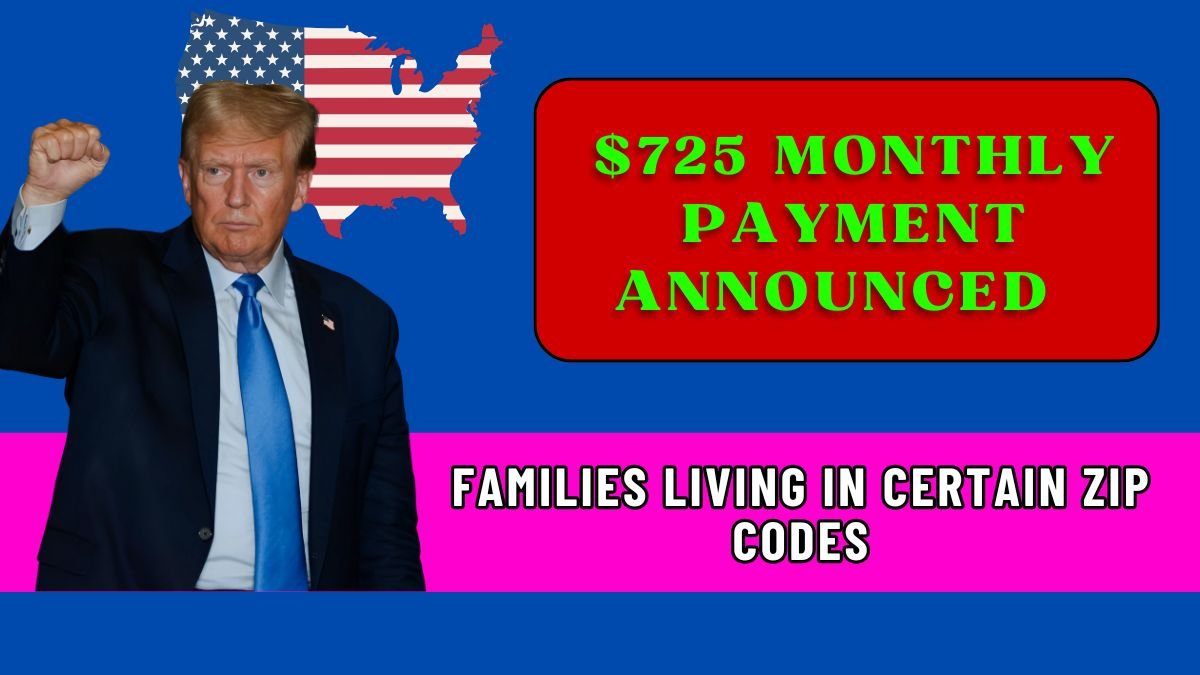Does Your Job Loss Qualify: Dealing with job loss is quite challenging, but for someone who worked in the Internal Revenue Service (IRS) and the Social Security Administration (SSA), one may benefit from Unemployment Compensation for Federal Employees (UCFE). Knowing about the application process for unemployment benefits, eligibility requirements, and formal claims may be the basis for you to keep afloat in times of financial scrambling during your transition.
Applying for federal unemployment benefits sounds daunting to someone who’s just lost a job, but with the right know-how and prep, it should be painless. In clarifying eligibility, application processes, payment amounts, and what to do afterward to continue receiving benefits, this guide does its bit for making the process painless in such circumstances.
This article provides a step-by-step guide, practical advice, and links to official government resources that will help you navigate your unemployment insurance application to ensure you get the benefits that you deserve.
Is Your Job Loss Covered?
| Topic | Details |
|---|---|
| Unemployment Program | Unemployment Compensation for Federal Employees (UCFE) |
| Who Qualifies? | Former IRS & SSA employees who meet state-specific eligibility criteria |
| Key Documents Needed | SF-8 (Notice to Federal Employee), SF-50 (Personnel Action) |
| Where to Apply? | State unemployment office where you last worked (or currently reside if overseas) |
| Benefits Duration | Varies by state, typically 12-26 weeks, with possible extensions |
| Maximum Weekly Benefit | Varies by state, typically $300 – $600+ per week |
| Official Source | U.S. Department of Labor |
Going through the transition of a job loss from IRS or SSA could be quite embarrassing; however, it could also mean financial support through UCFE while transitioning to further options. Knowledge about eligibility, filing correctly, and following your state requirements will guarantee that you can smoothen the process and receive timely payment.
Understanding Unemployment Benefits for the Federal Employees
Most citizens are aware of state unemployment insurance; however, previous federal employees, including IRS and SSA employees, qualify by separate program rules: Unemployment Compensation for Federal Employees (UCFE).
Unlike conventional unemployment schemes, UCFE is funded federally but managed by individual states. This means that benefits, eligibility, and processes are administered according to which state you last worked in.
Since unemployment insurance falls under state jurisdiction, the amount that you will receive and how long benefits last will vary. Some states provide more generous maximum benefits than others, while a few states may offer extensions during periods of exceptionally high unemployment.
Who is Eligible for UCFE Benefits?
Not all former federal employees are eligible for unemployment insurance. You may be entitled to the benefits if:

- Involuntarily separated from federal service (e.g., layoffs, agency restructuring, or end of a term appointment).
- Meet the state-specified earnings and work requirements.
- Actively looking for work and willing to accept suitable job offers.
- Physically able and mentally ready to work.
Who is NOT Eligible?
- Employee dismissed for misconduct.
- Employees who resign voluntarily without a good cause (there are exceptions, like leaving due to unsafe working conditions).
- Individuals who do not meet the state qualifications in terms of earnings or duration of work.
- People still getting severance or retirement benefits greater than unemployment ceilings.
How to Apply for Unemployment Benefits as a Former IRS or SSA Employee
Applying for UCFE benefits involves following state-specific procedures; however, the majority go through pretty much the same application form:
1. Determine Your Filing State
Your benefits application should be filed in the state where your last IRS or SSA duty station was located. If you worked overseas, you should file in the state where you currently live.
Example: You worked in an IRS office in California; thus you must file for unemployment benefits in California. Find your state unemployment office: U.S. Department of Labor
2. Gather Required Documents
In fact, with this document preparation exercise, the following paperwork is to be filed with the program before trying to apply so as
- SF-8 (Notice to Federal Employee About Unemployment Insurance)- given out upon separation to federal employees
- SF-50 (Notification of Personnel Action)- This is the official document that testifies to employment and the circumstances of separation.
- SSN
- Employment history (last 18 months)
- Bank account details (for direct deposit)
- State-specific unemployment application forms (if any)
3. Apply Online or In Person
Most states will permit you to apply online. Others will require telephone calls or in-person visits.
- Go to the unemployment benefits website maintained by your state and submit the form electronically.
- If your state does not provide an option for filing online, you should contact the state’s unemployment agency by phone.
- Some states may require an in-person verification before processing your claim.
4. Complete the Interviewing Process
Once you have lodged your claim, the state unemployment office may contact you via telephone for an interview to verify: Your employment history and reason for separation.
- Availability for work as well as job search efforts.
- Eligibility for benefits under UCFE.
5. Certify Weekly or Biweekly for Benefits
Once you are approved, you must regularly certify your unemployed status to keep receiving benefits. This can involve:
- Reporting any income earned while unemployed.
- Logging and submitting your job search efforts.
- Confirming that you are still available and actively seeking work.

What Can You Expect to Receive?
Your weekly benefit amounts will depend on:
- Your salary while working for the federal government during the base period (usually the last 12-18 months of employment).
- The state’s unemployment formula where you’re applying. Example: maximum weekly benefits: $450 for California; $504 for New York; $563 for Texas.
How Sorrel the Benefits Last?
- Most states are offering between 12 and 26 weeks of unemployment benefits.
- Extensions, however, may be available during high unemployment periods.
FAQs:
Who qualifies for unemployment benefits after leaving the IRS or Social Security?
Former employees who were laid off or involuntarily separated may qualify, depending on state-specific requirements and prior work history with the federal government.
How do I apply for unemployment insurance after leaving a federal job?
You can apply through your state’s unemployment website by providing details of your federal employment, separation reason, and necessary documentation like SF-8 or SF-50 forms.
How long does it take to receive unemployment benefits after applying?
Processing time varies by state but typically takes 2–4 weeks after approval, provided all required documents are submitted and no issues arise during verification.






